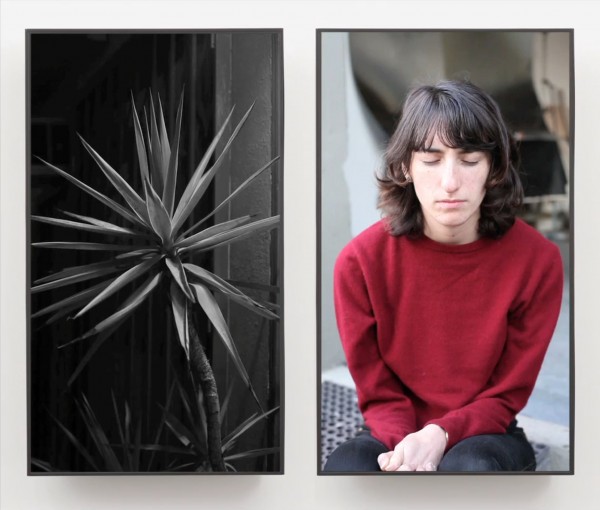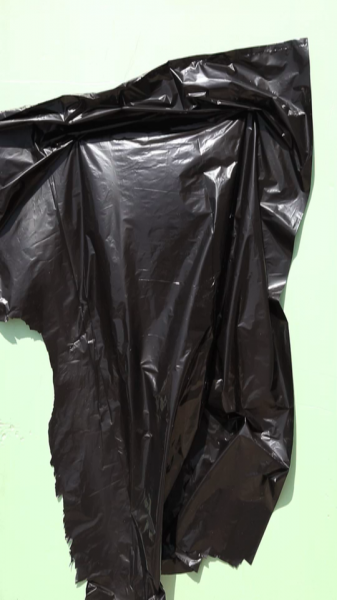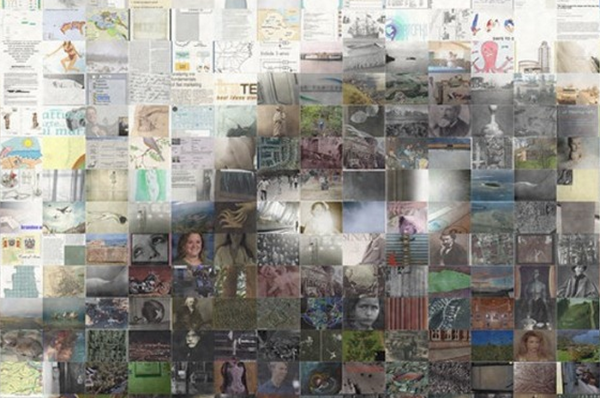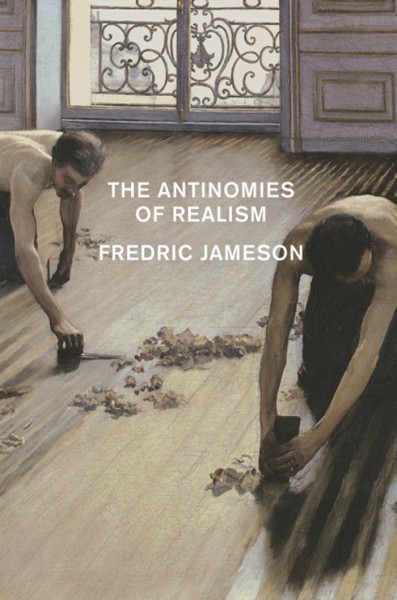
The Miracle of Analogy
Photography is—as I hope to demonstrate—radically anti-Cartesian. It shows us that there really is a world, that it wants to be seen by us, and that it exceeds our capacity to know it. Photography also shows us that the world is structured by analogy, and helps us find our place within it….Each of us is connected through similarities that are neither of our making or our choosing to countless other beings. We cannot extricate ourselves from these relationships, because there is no such thing as an individual; the smallest unit of Being is two interlocking terms. There is also nowhere else to go.







